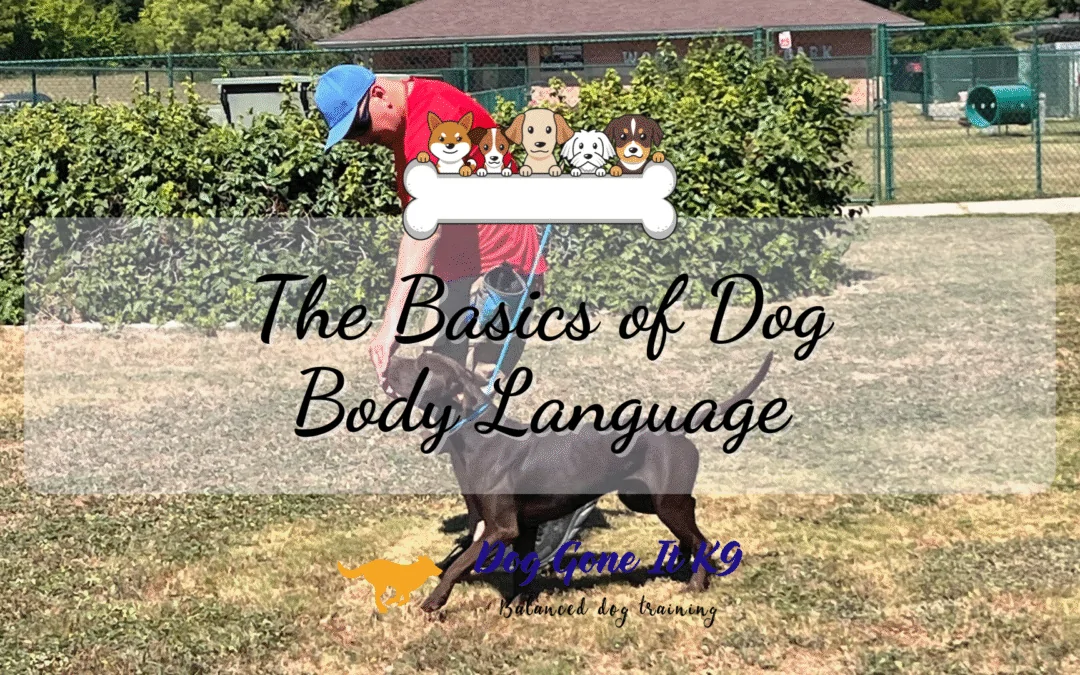Dogs use their entire body to express themselves. From the tip of their tail to the position of their ears, every part plays a role in showing their emotional state. It’s like a silent language, and once you learn it, you’ll be amazed at how much your dog has to say.
Remember, context is key. A wagging tail doesn’t always mean a happy dog, and a yawn isn’t always a sign of tiredness. Always look at the whole picture, your dog’s body posture, facial expressions, and the situation they’re in to truly understand their message.
Decoding Common Dog Body Signals
The Tail: More Than Just a Wag
- High, Fast Wag: Often indicates excitement and happiness, especially if the wag is broad and loose, involving the whole body. This is your classic “happy dog” signal.
- Low, Slow Wag: Can suggest uncertainty, nervousness, or even a feeling of submission. It’s not necessarily a sign of joy.
- Tucked Tail: A tail tucked tightly between the legs is a clear sign of fear, anxiety, or extreme submission. The dog feels threatened or very uncomfortable.
- Stiff, High Wag: If the tail is held high and wags stiffly, it can indicate alertness, arousal, or even potential aggression. This is a “pay attention” signal.
- Neutral Wag: A relaxed tail held in its natural position, with a gentle, loose wag, usually means the dog is comfortable and at ease.
Ears: Listening and Expressing
- Relaxed: Ears are held in their natural position, neither forward nor back. The dog is calm and comfortable.
- Forward/Perked: The dog is alert, interested, and focused on something. They might be listening intently or curious about what’s happening.
- Flattened/Pasted Back: This is a common sign of fear, anxiety, or submission. The dog is trying to make itself appear smaller and less threatening.
Eyes: Windows to Their Soul
- Soft, Relaxed: The eyes appear soft, perhaps slightly squinted, with no tension around them. This indicates comfort and trust.
- “Whale Eye”: This is when you can see the whites of the dog’s eyes, especially on the sides. It’s a strong indicator of stress, anxiety, or discomfort. The dog might be feeling cornered or threatened.
- Hard Stare: A direct, unblinking stare can be a challenge or a sign of aggression. It’s a warning to back off.
- Dilated Pupils: Can indicate fear, excitement, or high arousal.
- Avoiding Eye Contact: A dog that avoids eye contact or looks away is often showing submission or discomfort.
Mouth and Facial Expressions
- Relaxed, Slightly Open, Panting: If the panting is not due to heat or exertion, a relaxed, open mouth often means the dog is comfortable and happy.
- Lip-Licking (without food): If your dog licks their lips when there’s no food around, it’s often a calming signal, indicating stress, anxiety, or an attempt to appease.
- Yawning (without being tired): Similar to lip-licking, yawning when not sleepy is another common calming signal, showing the dog is feeling stressed or trying to de-escalate a situation.
- Tight Lips, Baring Teeth: This is a clear warning sign of aggression. The dog is feeling threatened and is ready to defend itself.
- Soft Mouth, Gentle Lick: A gentle lick on your hand or face can be a sign of affection, a dog’s way of “kissing” you.
Body Posture: The Whole Picture
- Relaxed: The dog’s body is loose, balanced, and fluid. Their weight is evenly distributed, and there’s no tension.
- Play Bow: When a dog lowers their front end while keeping their rear end up, often with a wagging tail, it’s an invitation to play. It’s a clear sign of a happy dog wanting to engage.
- Crouching/Low to Ground: This posture indicates fear, submission, or an attempt to avoid conflict. The dog is trying to make itself appear smaller.
- Stiff, Rigid: A stiff, frozen body posture suggests alertness, tension, or potential aggression. The dog is preparing for something to happen.
- Piloerection (Hackles Raised): When the hair along a dog’s spine stands up (often called “hackles”), it indicates arousal. This can be due to fear, excitement, or aggression. It’s an involuntary reaction, like goosebumps in people.
The Best Thing About Dogs
The best thing about dogs is their unconditional love and companionship. They bring comfort, joy, and motivation to stay active. By learning to read your dog’s body language, you can respond appropriately and deepen the trust and bond you share.
Strengthen Your Bond Through Better Communication
At Dog Gone It K9 LLC, we believe understanding your dog’s body language is the foundation for effective training and a happy relationship. Whether you’re in Prineville, Bend, Redmond, or anywhere in Central Oregon, we can help you interpret your dog’s signals, improve communication, and create a calmer, more responsive companion. Contact us today to start building a stronger connection with your furry friend.

